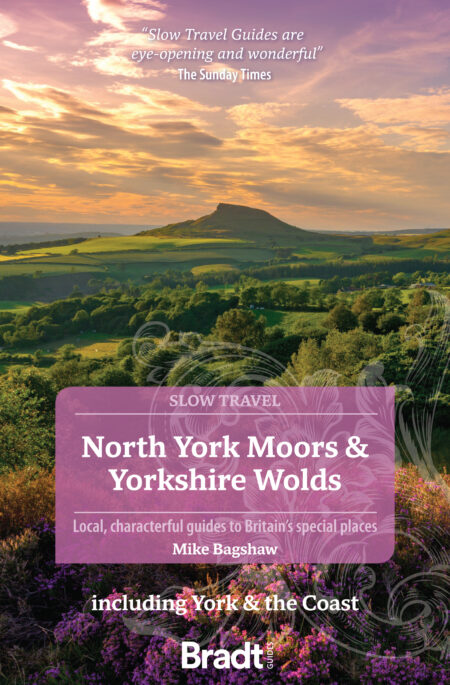Although York is a history lesson in stone, and quite simply the most complete medieval city in the country, it’s not just the past that attracts. This is still a vibrant metropolis and the cultural and artistic centre of the county.
Spend a day wandering down medieval streets within the ancient walls of this compact city and discover Roman ruins, Viking archaeology, Norman towers and Victorian shops.
What to see and do in York
Relax in the Museum Gardens
Shrouded with daffodils in spring and multicoloured blooms in summer, the Museum Gardens just north of the River Ouse are many people’s favourite place to relax in York, finding a sun-strewn piece of Benedictine wall to prop oneself up against, the empty arches of the delicately carved windows towering above.
The distant traffic crossing Lendal Bridge disappears as the birdsong whistling from the window ledges takes over, the occasional clanging of the Minster’s bells ringing out the passing time. This is the ideal place for a picnic in the city.

The creamy wall – for there is only one full wall left standing – of St Mary’s Abbey, blackened by centuries of decay, belonged once to the largest Benedictine monastery in the north of England. Founded in 1055, it became one of the casualties of Henry VIII’s Dissolution. Other parts of the abbey remain scattered around the gardens like discarded rubble, the stumpy foundation stones of once-magnificent pillars appearing to grow from the grass.
Elsewhere in the Gardens, the Yorkshire Museum has an extensive collection of antiquities from the city and around, including the famous Middleham Jewel, unearthed by metal detectorist Ted Seaton in 1985. Consult yorkshiremuseum.org.uk for what’s currently on show.
Take a stroll along the River Ouse
Below the Museum Gardens is the River Ouse, whose usually mild-mannered waters entertain visitors on river cruises and dawn-breaking university rowers most days.
You don’t need to be afloat to use the river as an exploration tool though. Both riverbanks act as footpaths and/or cyclepaths up and downstream, right out of the city. If your way is blocked on one bank, just cross one of the many bridges and continue on your way. York’s other river, the Foss, allows you to do the same for five miles north to the village of Strensall.
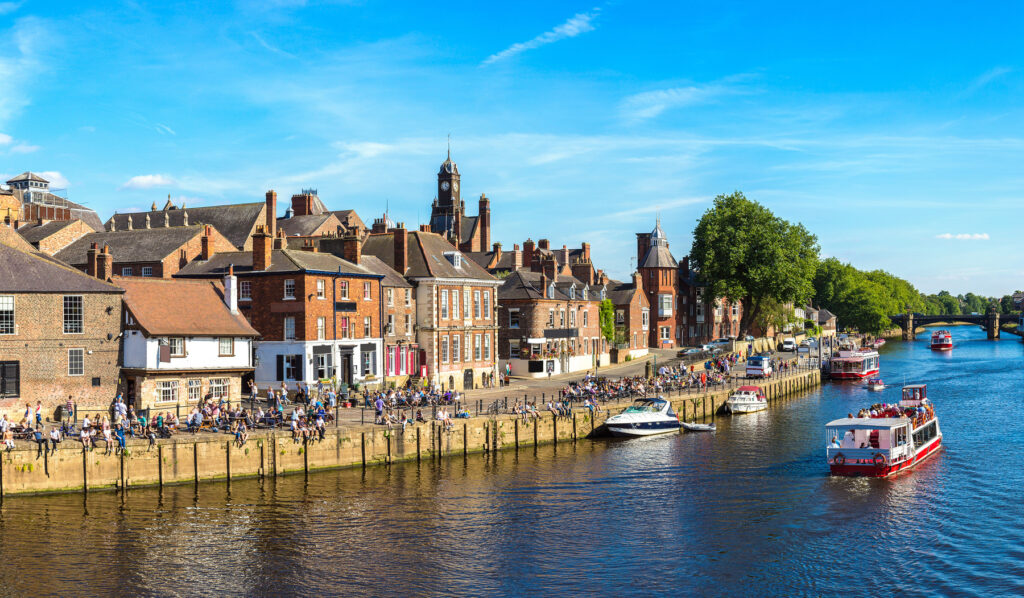
If you are walking along the Ouse and heading upstream towards Clifton Ings and beyond, keep your eyes peeled because you may be lucky enough to see one of Britain’s rarest animals. The tansy beetle is found on riverside vegetation here and nowhere else in the country.
Brush up on your history at the Jorvik Viking Centre
Between 1979 and 1981, the Coppergate area of town was scoured for clues in one of the largest archaeological digs ever in Britain, revealing a complex of 10th-century Viking buildings and some 40,000 finds. The result was the creation of the Jorvik Viking Centre, one of York’s most visited attractions, beneath the 1980s shopping centre erected on the site.
This phenomenally successful display showcases genuine Viking archaeology of York in its original position. The site includes timbers preserved in the wet ground, which are only now underground because over them lie the deep deposits created by medieval and later rebuildings of the city. Reconstructions, soundtracks and even authentic aromas from fish markets and cesspits bring the scenes to life.
If you are resistant to the idea of the ride which you have to take to see it, bear in mind that this is proper archaeology, meticulously researched and far from just a theme park: the electric ‘cars’ were the only feasible way to move large numbers of visitors safely around such a compact and fragile site.
Marvel at the steam engines on display at the National Railway Museum
York has one of the most famous railway stations in the world – with a walkway through to the free-to-view National Railway Museum, complete with one of the world’s most iconic trains, the Flying Scotsman. Even if you are not a train enthusiast, something here will make you catch your breath, whether it’s the sheer scale of the great steam engines, appearing all the larger if you see them from the ground rather than from platform height, or the charmingly changing period detail of the Royal Carriages from different eras.

The Warehouse, an open store for some three-quarters of a million smaller railway objects such as sign boards, benches, buckets and china, is big enough to lose yourself in – it’s like being surrounded with props from Brief Encounter.
Soak up the atmosphere along The Shambles
Charmingly evocative, The Shambles is York’s finest medieval thoroughfare. Despite the name referring to the butchers’ shops that once lined the street, it so aptly depicts the topsy-turvy nature of the top-heavy houses that lean precariously towards one another on either side of the narrow lane. Each house seems close enough that you could quite easily shake hands with neighbours on the opposite side of the street by merely opening a top floor window.
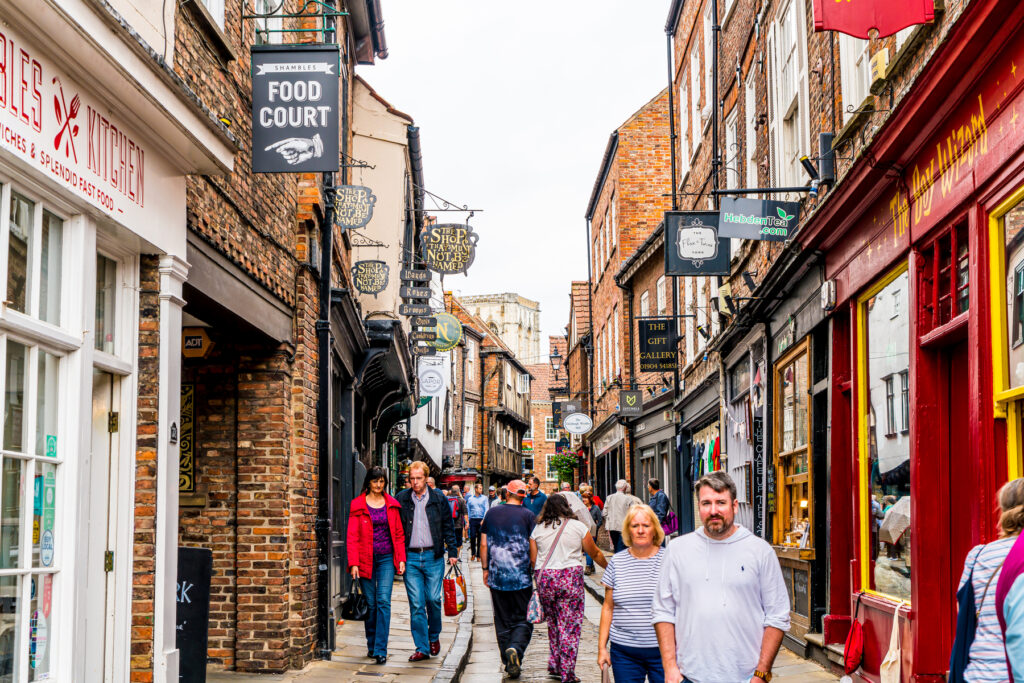
The Shambles derives its charm from its lack of architectural uniformity, a mixture of brick, timber and rendered buildings. The butchers have long gone, the bow-fronted windows of the tiny shops taken up with a succession of tourist paraphernalia.
However, of a more sobering thought that might curtail the spending, is the shrine to Margaret Clitherow, found halfway along the street. She was the wife of a butcher who harboured Catholic priests at a time when it was not the done thing to do. She was found out and her punishment was to be crushed to death beneath her own front door weighed down by rocks – brutal even by Tudor standards.
Examine the Georgian architecture on Micklegate
Micklegate is one of the nicest – and longest – streets in York. The first few hundred yards, closest to the bridge, are a bit messy, but as you begin to climb the steady slope past this small area in desperate need of a facelift and crossing George Hudson Street, Micklegate becomes a quiet gem.
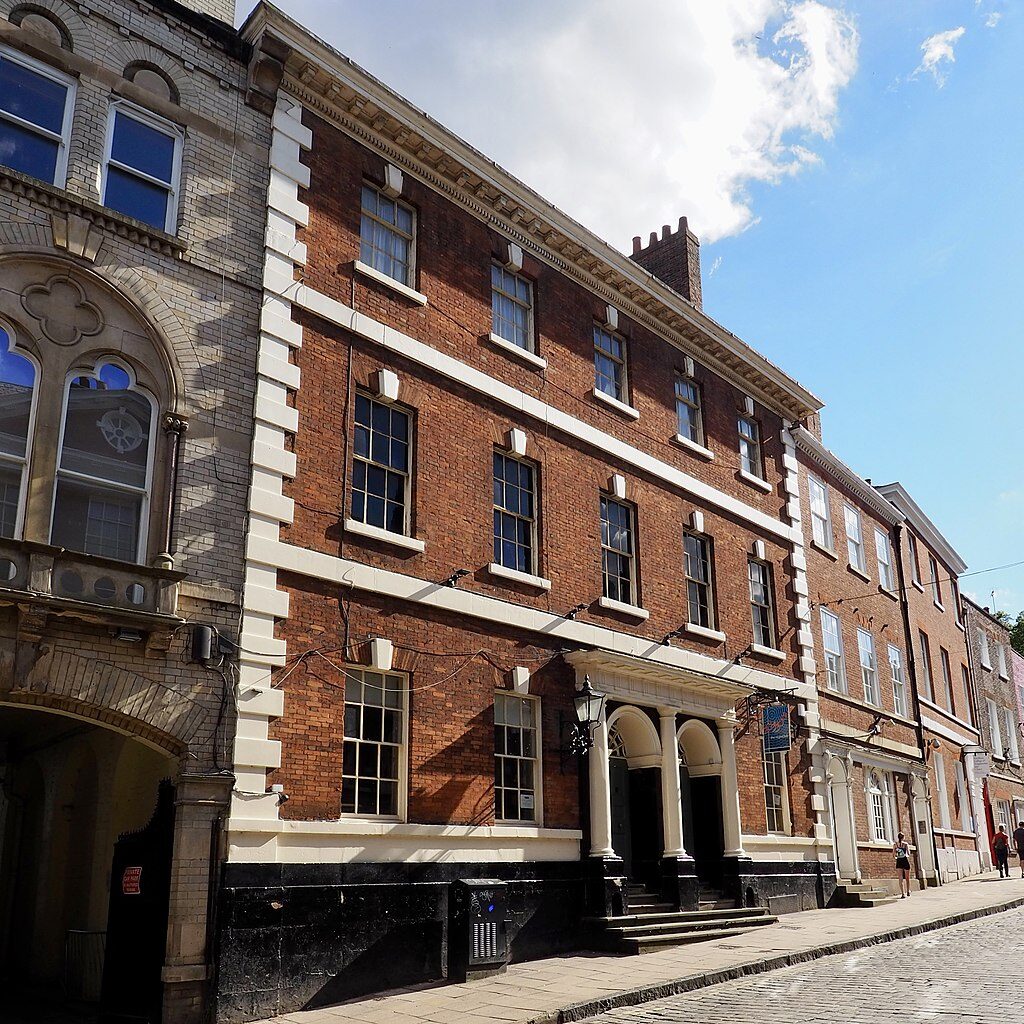
There are no distinguishing tourist attractions along the street, making it blissfully uncrowded, but it has some striking Georgian townhouses, built by the wealthy merchants who found the street to be a good trading route when it was the main road into the city centre.
On the opposite side of the street to the shops is Holy Trinity Church, a conventionally built stone church, set back from the street line, in its own peaceful grassy graveyard. It’s all that remains from a once powerful Benedictine monastery destroyed by Henry VIII.
Where to eat and drink in York
As York’s a cosmopolitan city, you can grab a sandwich or a pasty for pavement food, dine in any number of international restaurants or sink a pint of regional brew in one of the many city centre pubs and bars. But this is Yorkshire, and the city has not forgotten its roots, with a plethora of cafés and tea rooms serving a traditional afternoon tea. With such a compact centre you could eat all day, moving from breakfast to brunch, lunch to tea and evening drinks to dinner without leaving a street.
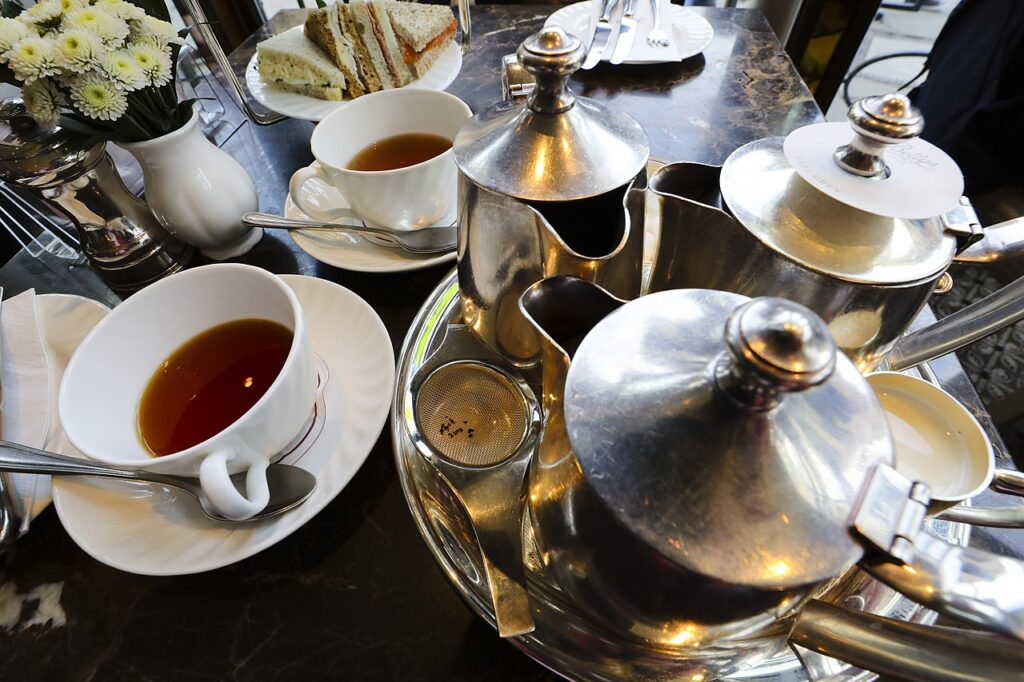
Grays Court Next door to the Treasurer’s House, this is an extra special place to eat for a relaxing mid-morning coffee, lunch or afternoon tea. The entrance to this magnificent historic building is through a peaceful cobbled courtyard. You can relax on sofas or private window seats in the oak-panelled Jacobean long gallery, or find a table overlooking the garden, itself overlooked by the city walls.
Guy Fawkes Inn One of the reputed birthplaces of Guy Fawkes in the shadow of the Minster and with a suitably dar and atmospheric interior. Black Sheep and a range of guest beers are available in the tiny bar while good food is served in the adjoining restaurant. B&B available.
Roots ‘Black Swan in the City’ could be an alternative name for this place because this is the metropolitan annex of Michelin-starred chef Tommy Banks’s famous Oldstead restaurant. The quality and price tag of the tasting menu are both at the high level you would expect.
Where to stay in York
If your day in this beautiful city only leaves you wanting more, there are a number of attractive accommodation options on offer to help you make a weekend of it. Choices include Grays Court, The Bar Convent and Baille Hill House.
More information
Find out more in Mike Bagshaw’s guide:
